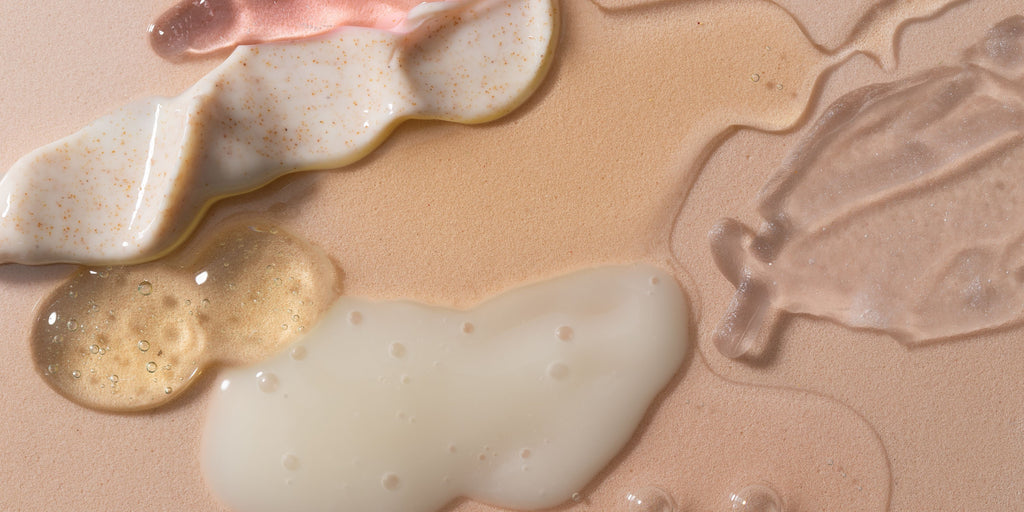The Truth About Hypoallergenic Products: What “Hypoallergenic” Really Means

“Hypoallergenic” is a term that’s almost everywhere in the beauty industry—from moisturizers to makeup, shampoo to sunscreen. It’s often presented as a guarantee of safety for sensitive skin, an assurance that these products are less likely to cause an allergic reaction. But what does “hypoallergenic” actually mean, and is it as reliable as it sounds? Let’s dig into the science, the misconceptions, and the truth behind hypoallergenic labeling.
How the Myth Began: “Hypoallergenic” as a Gold Standard for Sensitive Skin
The term “hypoallergenic” first started popping up in skincare in the 1950s as a way to market products to people with sensitive skin or known allergies. By definition, “hypoallergenic” means “less likely to cause an allergic reaction.” The assumption quickly became that if a product was labeled as hypoallergenic, it was inherently safer and gentler for all skin types.
But here’s the catch: there’s no standardized or regulated definition of hypoallergenic in the beauty industry. Neither the FDA in the United States nor equivalent regulatory agencies in many other countries mandate testing or define specific standards for a product to be labeled as hypoallergenic. This essentially means that companies can call their products hypoallergenic without proving reduced allergenic potential.
What People Believe: “Hypoallergenic” Means “No Chance of Irritation”
For many consumers, “hypoallergenic” translates to “allergy-proof.” People believe that products with this label won’t cause any irritation, redness, or reaction on sensitive skin. It’s easy to see why: brands market hypoallergenic products as the go-to choice for those with allergies or sensitive skin.
Unfortunately, this creates a false sense of security. Hypoallergenic does not mean allergy-free. It’s a term often applied without the backing of clinical testing, and it doesn’t guarantee that everyone—even those with sensitive skin—will avoid a reaction.
The Science Behind Hypoallergenic Products: What You Need to Know
Because hypoallergenic labeling isn’t regulated, companies define it in various ways. Some brands do conduct dermatological testing to reduce allergenic potential, but many simply leave out common allergens like fragrance or parabens without removing other potentially irritating ingredients.
Here’s what the science tells us:
- Individual Sensitivity Varies: Even if a product excludes the most common allergens, people react to ingredients differently. An ingredient harmless to most may still cause a reaction in some individuals.
- Lack of Testing Standards: Studies published in Dermatitis journal and Contact Dermatitis journal have highlighted that hypoallergenic labeling often lacks rigorous scientific testing. A 2017 study showed that some hypoallergenic moisturizers contained known skin allergens.
- Confusing Ingredients: Brands often use terms like “gentle” or “for sensitive skin” interchangeably with hypoallergenic, though they don’t always mean the same thing.
Because no standardized hypoallergenic testing exists, some products marketed as hypoallergenic contain ingredients that could still cause reactions in those with highly reactive skin.
Studies and Evidence: Hypoallergenic Products May Not Be Safer
A notable study in the Journal of the American Academy of Dermatology tested 135 moisturizers marketed as hypoallergenic. Shockingly, 45% of these products still contained at least one known skin allergen.
Another study in Contact Dermatitis tested hypoallergenic sunscreens and found similar results. Despite marketing claims, some products still contained ingredients known to irritate or sensitize the skin. For consumers, this means the hypoallergenic label does not guarantee safety—especially if they have a specific known allergy.
Why the Myth Persists: Marketing and the Allure of “Safe” Products
So, why do consumers continue to trust the hypoallergenic label? Marketing. Brands understand that people with sensitive skin or known allergies are actively seeking “safe” choices, and they’re quick to label products hypoallergenic to meet that need.
Many consumers aren’t aware that the hypoallergenic label is largely unregulated and instead assume that this label means the product has been specially tested and proven to be non-irritating. Fear-based marketing also plays a role, as people are often led to believe that without a hypoallergenic product, they risk serious irritation or damage.
The Bottom Line: How to Choose Products for Sensitive Skin Without Relying on Labels
If hypoallergenic isn’t the answer, what is? When choosing products for sensitive skin, look beyond the label. Here are some tips to help you make informed choices:
-
Patch Test: Always patch-test a new product on a small area of skin before full application. This helps you identify any potential reactions without affecting your entire face or body.
-
Read the Ingredients: Familiarize yourself with common allergens or ingredients you know you’re sensitive to, like fragrances, essential oils, or parabens.
-
Look for Dermatologist-Recommended Products: Products backed by dermatological testing are often more trustworthy than those simply labeled hypoallergenic. Brands that invest in clinical testing for sensitive skin usually disclose this on their packaging or website.
-
Go Fragrance-Free: Fragrance is a common irritant and a leading cause of skin sensitivity. Opt for products that are fragrance-free rather than hypoallergenic.
-
Seek Transparent Brands: Some brands are transparent about their ingredient sourcing and testing methods, which can give you more confidence in their products.
The Truth About “Hypoallergenic”: Understanding It Doesn’t Mean “Allergy-Free”
Hypoallergenic products may be a good option, but they’re not a foolproof solution. Just because a product says it’s hypoallergenic doesn’t mean it’s guaranteed to be non-irritating. Each person’s skin is unique, and reactions depend on individual sensitivities.
At the end of the day, your best ally is knowledge. By understanding ingredients, performing patch tests, and choosing products that are truly tailored to sensitive skin, you can build a skincare routine that works for you—without relying solely on a label that doesn’t always mean what it seems to.
Note: This post is intended to shed light on misconceptions about hypoallergenic products and empower you with knowledge for better skincare choices.
Sources:
- Zirwas, M., & Stechschulte, S. (2008). "Moisturizer allergy in patients referred for patch testing." Journal of the American Academy of Dermatology.
- Warshaw, E. M., et al. (2015). “Fragrance contact allergy: A Clinical Review.” Dermatitis.
- "Common allergens in hypoallergenic products: A review" – Contact Dermatitis, 2017.
